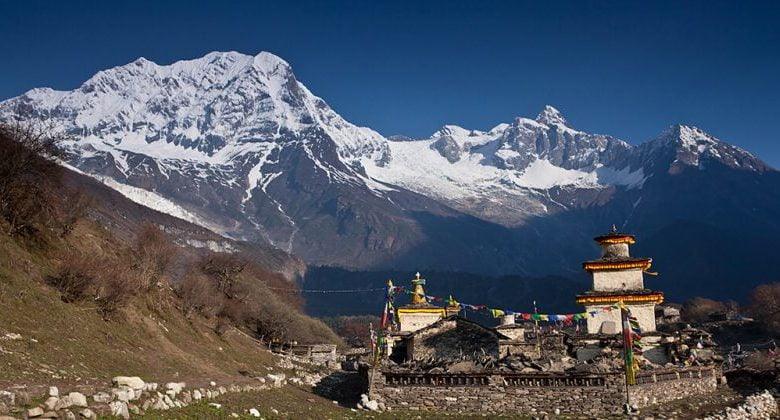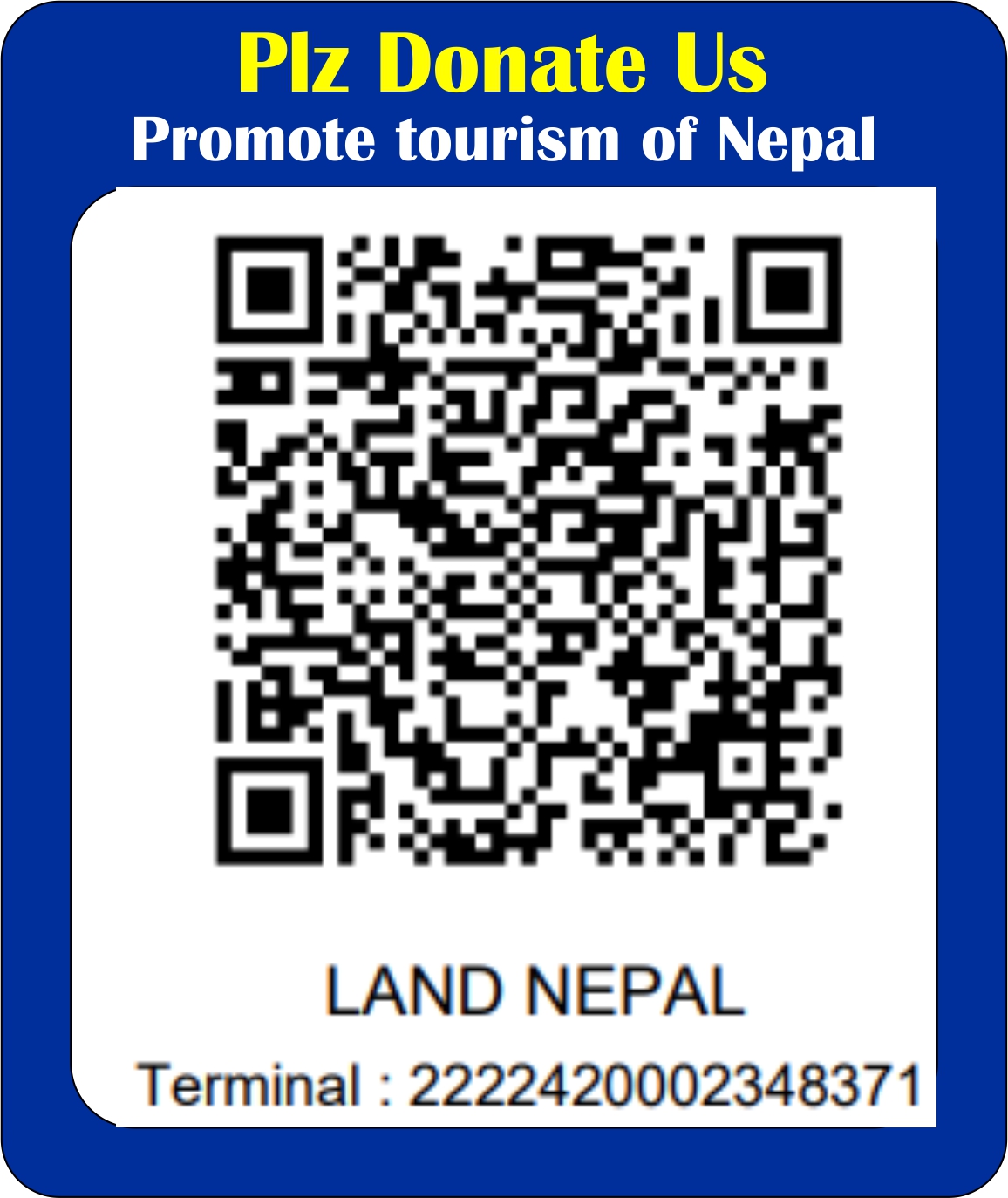The Manaslu Conservation Area was created as one of Nepal’s protected areas. The protected area spans 1,663 square kilometers and has elevations ranging from 1,400 to 8,156 meters.This conservation area is located in the Gorkha district. It has a northern border with Tibet and a western boundary with the Annapurna Conservation Area.In the year 2055 BS (1998 AD), the Manaslu Conservation Area was formed as a conservation reserve. Tourists were not allowed to visit this location until 1991. This region was only made accessible to tourists after 1991. The Nepalese government has turned over management of this territory to NTNC(National Trust for Nature Conservation) for a period of 20 years. The Manaslu peak (8,156 m) and numerous other summits, watercourses, and glaciers are the most famous features of Manaslu Conservation Area. The height climbs from 600 meters to 8,163 meters at the top of Mt. Manaslu, the world’s eighth highest mountain.Over 110 bird species, 33 animals, 11 types of butterflies, and three reptile species can be found in the Manaslu Conservation Area.
Climate: Starting with Larke La Pass (5,106 m), Arughat, the Manaslu Conservation Area is separated into six climate zones: arctic, alpine, sub-alpine, temperate, subtropical, and tropical. Within the 100 km between Samdo and Arughat, the change in height, precipitation, and topography has a significant impact on the climate.Below 1,000 meters, the lower hills, lowland valleys, and river basins formed by the rivers Marsyangdi and Gandaki have a tropical climate.Sub-tropical climate is found to exist between 1,000 and 2,000 meters. The average summer and winter temperatures are 31°-34° C and 8°-13°C, respectively.The climate is moderate between 2,000 and 3,000 meters, with summer temperatures ranging from 22 to 25 degrees Celsius and winter temperatures below 6 degrees Celsius. The climate is subalpine between 3,000 and 4,000 meters. This area receives snowfall for around five to six months. The winters are bitterly cold, with the average temperature in this zone hovering around 6°-10°C.Between 4,000 and 5,000 meters, the subalpine zone is largely covered with meadows, while the arctic climatic zone begins at 4,500 meters. In these areas, precipitation comes in the form of snow, and temperatures are below freezing. In the Manaslu Conservation Area, the monsoon season begins in June and lasts until September, providing four months of rain.The post-monsoon months of October and November, as well as the winter months of December and February, are often dry.
Vegetation and Wildlife: The conservation’s plant life is divided into three categories based on altitude: Low Hill, Middle Mountain, and High Mountain. Each of these groups has its own type of flora and other species that go with it. In the protected area, a survey revealed the presence of 16 different species of forest and plants. The region has between 1,500 and 2,000 different blooming plants, many of which are pharmaceutical herbs.Over 33 mammal species, including endangered species such as the musk deer, snow leopard, red fox, brown bear, lynx, and Himalayan thar, rely on the protected region for their survival. Himalayan serow, Blue sheep, Himalayan marmot, and Wooly hare are some of the other creatures present in the region.
Local Population: Approximately 7000 Gurung people live in this area, which is a mix of environment and culture. The people who live on the other side of the international border from Tibet enjoy a lifestyle that is very similar to Tibetans. They rely on livestock farming and agricultural work to make a living. During the winter, though, people relocate to lower locations in search of warmth.
How to get there: To get to this lovely conservation area, we must first travel to province-4’s headquarter. Around 10 days of trekking leads us from Gorkha to the spectacular conservation area of Manaslu, passing via the Budhigandaki River and crossing Larke Bhanjyang (5106 m).
Activities to do: Among a lot of things to do in the Manaslu Conservation Area, some of the awesome experiences that we can collect are Trekking, Bird Watching, Mountaineering, Red Panda Tracking, Snow Leopard Tracking, Himalayan Thar, and so on.
Tourist destinations: We might go to Samagaun, an ancient Tibetan village with several monasteries and chortens. Apart from this, there are many other places to visit such as Birendra Lake, Pungen Monastery, Larkya La Pass which is the highest point of Manaslu circuit trek, Tsum Valley that is also known as hidden valley and many other places that are like the gems we are missing. Really, Manaslu Conservation Area is one of the most beautiful and must visit places in Nepal.
-Aticle written by: Saru Niraula for Land Nepal




